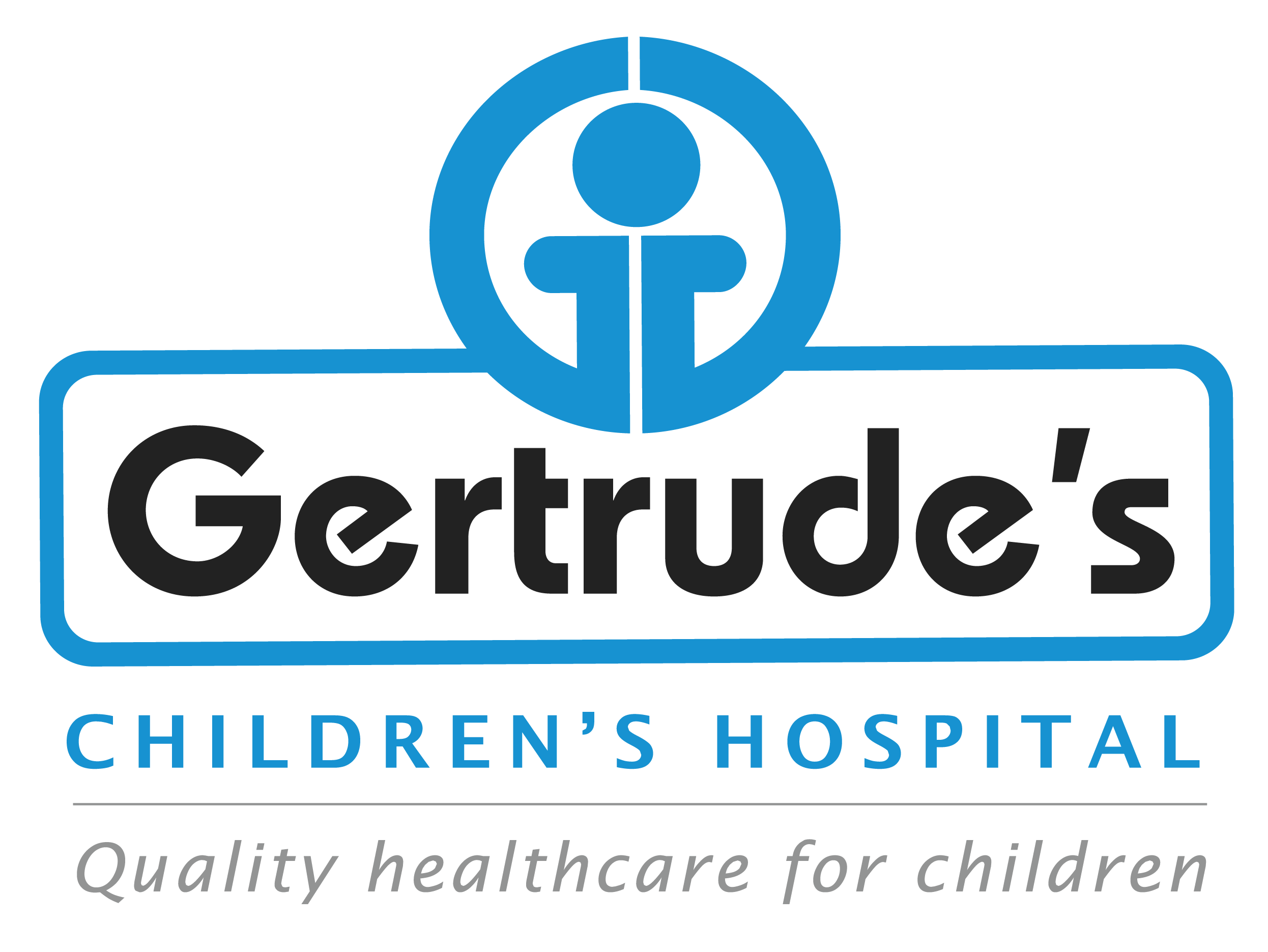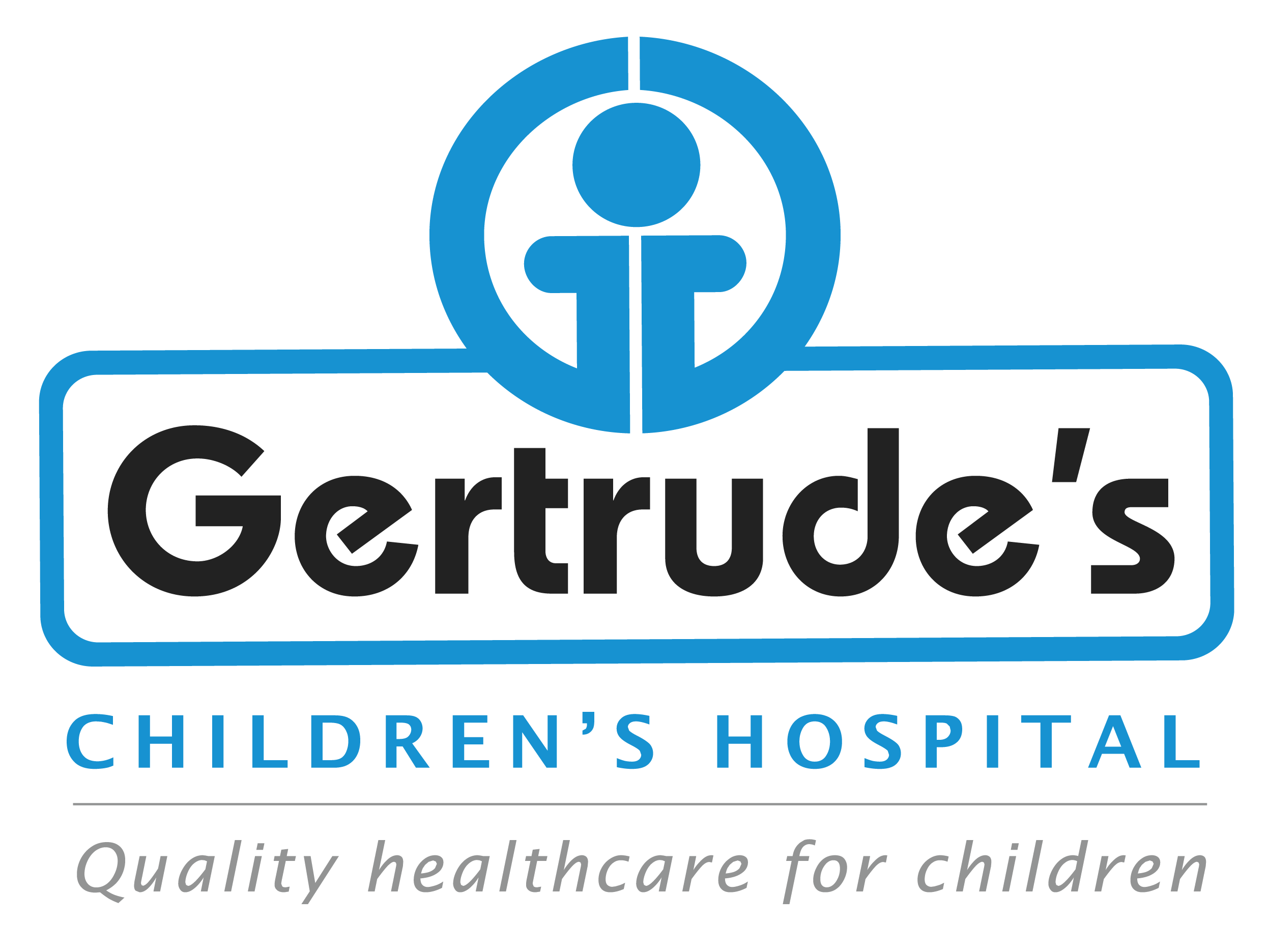Hypothermia is when a baby’s core body temperature drops below 36.5°C (97.7°F), according to the World Health Organization. This condition can be especially dangerous for premature babies, increasing the chances of illness and even death. Hypothermia can happen due to a cold environment or because of an illness like an infection (sepsis). To prevent this, it’s important to keep the delivery room or operating room at the right temperature.
If a baby becomes hypothermic, they need to be warmed up, and any underlying cause, like an infection, should be identified and treated. For both full-term and premature babies, a normal body temperature (measured rectally) should be between 36.5°C and 37.5°C. Even if a baby’s temperature is above 36.5°C, they can still experience “cold stress” if their body has to work harder to stay warm, which can be a sign that they’re losing too much heat.
Understanding the signs, causes, and treatment options for hypothermia in newborns is crucial for ensuring their health and well-being.





